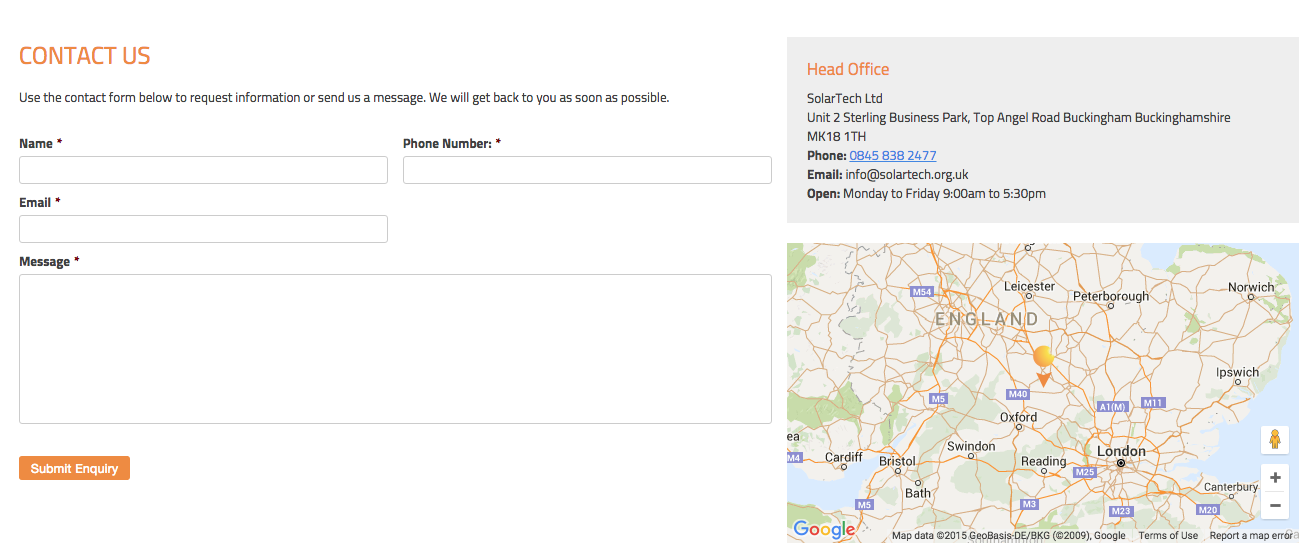Hotjar, as they say, is “…a new and easy way to truly understand your web and mobile site visitors.”, and is something I am using more and more when it comes to working out what needs to change on a client’s site.
When you work on hundreds of clients, you can sometimes fall into a trap of repetition or ‘campaign blindness’ with what to change or what is effective for a client, especially when we are already quite ‘tech savvy’. You can forget that the general public probably use a website completely different to you, and what we think is best is not always the case.

This is where Hotjar has stepped in and has given me a new and improved way of getting actual data on what customers are doing. I’ve been testing Hotjar on a few of our clients sites, even on our own website, and I love it! So here are some of the tests and results I’ve been running.
Setting Up
Firstly, if you’re not sure what Hotjar is, or how to start, I’ll give you a quick overview. Hotjar is similar to software such as CrazyEgg or SessionCam, but in my eyes so much better! It gives you Heatmap tracking, recordings of your customers sessions, funnels, contact form tracking, polls, surveys and recruiters all in one amazingly priced package! What more could you want??
I mainly use the heatmaps and recordings due to what we wanted to test, but each tool is worth giving a go!
To get started, all you need to do is register your account, you then get a piece of tracking code to add to your site (really similar to your analytics code) and then you’re away!
One thing I always do first before setting up Heatmaps is add our IP’s and the clients IP to the IP blocker. You can find this if you click the settings cog and then ‘IP Blocking’.

Test 1: U Drive Cars
We built a new website for U Drive Cars earlier this year and created something that looked completely different to what’s currently out on the market. However, the new site struggled in some areas which prompted us to run some tests using Hotjar’s heatmaps and recordings.
What we wanted to find out:
- Why there was a high drop off and high bounce rate from category and product pages?
- Why weren’t customers purchasing as much through the website?
We noticed from analytics that the drop off from the main driving experiences page was really high at 96% and the bounce rate for the page was at 54%.

As you can see we only had one product above the fold when landing on the page, the layout itself didn’t scream out as a category with products in, and from the scroll heatmap we realised we had already lost 30% of our customers even before they had reached a product.

We changed the category design to this:

We reduced the amount of distractions at the top of the page, cut the padding, pushing the products up the page, bringing three products up above the fold.
The Results:
- Bounce rate reduced from 54%Â to 41%
- Drop off rate reduced from 96%Â to 49%
- Page views increased by 172%
This ran over a month’s worth of data, and is now live on the site. We ran the same tests on the product pages, and these are still going through a new design process, but we are hopeful for the same improvements.
Test 2: Solartech
Solartech wanted to look into why the contact form wasn’t converting as much as it should. Traffic to the page was quite high so there was some confusion as to why people weren’t getting in touch.

From the heatmaps, and forms data in Hotjar, we could see a lot of people were either leaving the page without filling out the form, filling in the form and giving up because it was too long, or clicking on the email address to the side of the form.

We changed the form to this:

We reduced the amount of fields from 8 to 4, by removing the unnecessary fields we hoped this would encourage customers to fill the form out more. We also removed the link from the email address to the right, giving more focus on the form.
The Results:
We A/B tested these changes over 2 weeks and found:
- The original form had a conversion rate of 1.54%
- The updated form had a great conversion rate of 9.46% – that’s a staggering 614% increase from the original!
- We also noticed the time on page had increased slightly, this might be due to customers more willing to fill out the contact form.
Things To Think About
These are some fantastic results from some very simple changes, but it shows that assuming you know what works isn’t always right, checking what your customers are actually doing makes it so much easier to modify and improve the way people engage with your website.
I’m excited for what Hotjar has to offer over the next few months especially with the integration of Analytics and Google Tag Manager, so I shall be keeping you updated on tests we are running here at Creare!
If you want to give Hotjar a go yourself, even just to try the free version click here!
